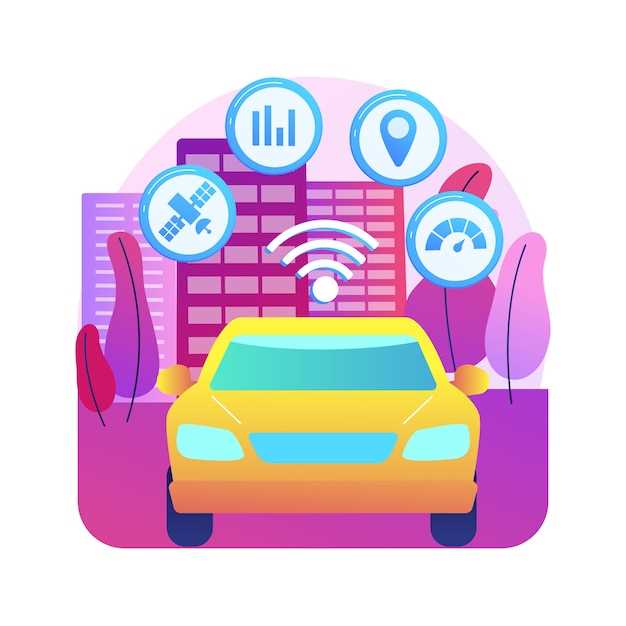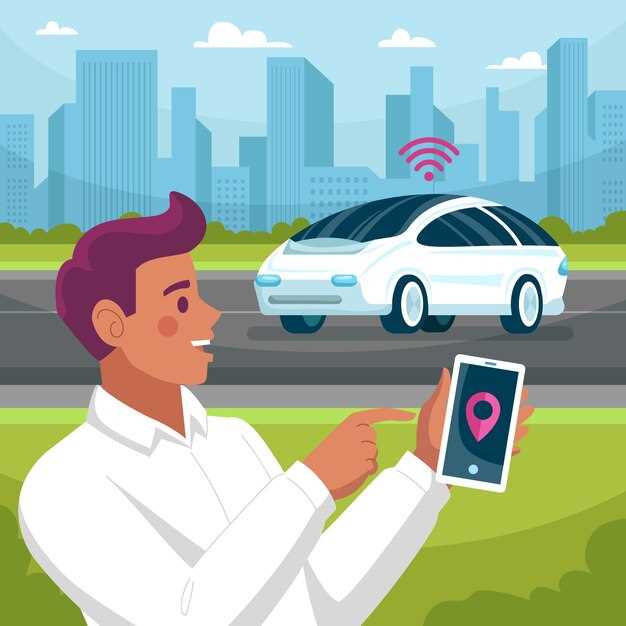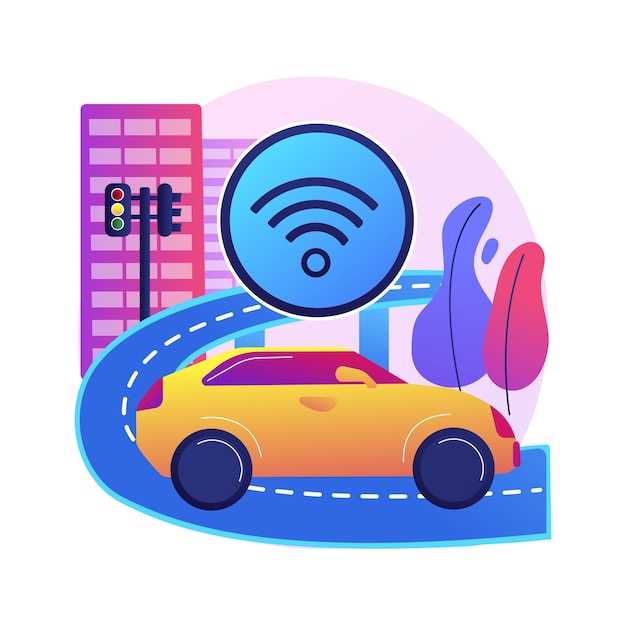
In the age of rapidly advancing technology, the concept of Vehicle-to-Everything (V2X) communication has emerged as a transformative force in the automotive industry. This technology enables cars to communicate with various entities in their environment, including other vehicles, infrastructure, and even pedestrians. By fostering this interconnectedness, V2X aims to enhance road safety, optimize traffic efficiency, and support the integration of autonomous driving systems.
V2X encompasses several communication types, each tailored to improve vehicle interactions within complex environments. These include Vehicle-to-Vehicle (V2V), which focuses on communication between cars, and Vehicle-to-Infrastructure (V2I), facilitating dialogue between vehicles and road management systems. Another vital component is Vehicle-to-Pedestrian (V2P), which aims to safeguard pedestrians by alerting vehicles of their presence. Together, these components create a comprehensive ecosystem that promises to revolutionize transportation.
As we delve deeper into the intricacies of V2X communication, it becomes evident that its implementation carries significant implications for urban mobility. The potential for reduced traffic congestion, lower accident rates, and improved air quality reflects a paradigm shift in how we perceive and utilize our cars. Understanding the nuances of V2X technology is not just an academic exercise; it paves the way for safer, smarter, and more efficient roadways in the future.
How V2X Enhances Road Safety Through Real-Time Data Sharing
Vehicle-to-Everything (V2X) communication represents a significant advancement in the automotive industry, particularly concerning road safety. By enabling vehicles to exchange information with each other, infrastructure, and even pedestrians, V2X creates a smart ecosystem that enhances situational awareness on the road.
Real-time data sharing through V2X allows vehicles to transmit crucial information about their speed, location, and direction. This instantaneous communication helps in predicting potential hazards, enabling vehicles to make informed decisions. For instance, if a vehicle detects a sudden braking scenario ahead, it can immediately inform following vehicles, prompting them to decelerate and avoid collisions.
Moreover, V2X facilitates the exchange of information with traffic signals and road signs. For example, smart traffic lights can communicate with approaching vehicles, indicating when they will change from green to red. This advance warning empowers drivers to slow down safely, reducing the likelihood of accidents caused by running red lights.
In addition to enhancing overall road safety, V2X also contributes to improved traffic flow. By sharing data on traffic conditions and congestion levels, vehicles can optimize their routes, minimizing stop-and-go traffic. This reduction in traffic congestion not only enhances safety but also lowers the risk of rear-end collisions.
Furthermore, V2X communication can play a proactive role in pedestrian safety. Equipped with smart devices, pedestrians can send alerts to nearby vehicles, indicating their presence at crosswalks. This awareness enables drivers to exercise caution and react appropriately, ultimately protecting vulnerable road users.
In conclusion, V2X technology significantly enhances road safety through robust real-time data sharing. By fostering communication among vehicles, infrastructure, and pedestrians, it creates a smart transportation environment that anticipates and mitigates potential dangers, leading to safer roads for all users.
Integrating Smart Infrastructure for Optimal V2X Performance

To achieve the full potential of Vehicle-to-Everything (V2X) communication, the integration of smart infrastructure is crucial. This infrastructure encompasses various elements such as smart traffic lights, connected road sensors, and advanced communication networks that allow seamless interactions between smart cars and their surroundings.
Smart traffic signals equipped with sensors can optimize traffic flow by adapting their timings based on real-time data from connected vehicles. This reduces congestion and improves travel time, enhancing the overall efficiency of urban transport systems. Furthermore, embedded sensors along roadways can monitor traffic conditions, enabling vehicles to receive updates about potential hazards or changes in road conditions.
Additionally, creating a robust communication network that supports low-latency data transmission is essential for V2X applications. Implementing 5G technology can provide the necessary bandwidth and reliability for smart cars to communicate not only with each other but also with infrastructure elements, such as traffic management systems and emergency vehicles, leading to safer road environments.
Moreover, integrating smart infrastructure supports critical features such as cooperative adaptive cruise control and collision avoidance systems. These systems rely on real-time information sharing between vehicles and infrastructure to function effectively. For instance, when a smart car approaches a busy intersection, it can receive instant signals from nearby traffic lights and adjust its speed accordingly, minimizing the risk of accidents.
In conclusion, the successful implementation of V2X communication hinges on the development of intelligent infrastructure. By fostering an environment where smart cars and infrastructure can communicate efficiently, we pave the way for safer, more efficient transportation systems that benefit all road users.
The Role of V2X in Advancing Autonomous Vehicle Capabilities

Vehicle-to-Everything (V2X) communication plays a critical role in enhancing the capabilities of autonomous vehicles. By enabling real-time data exchange between vehicles, infrastructure, and other road users, V2X empowers smart decision-making processes. This connectivity ensures that autonomous vehicles can respond effectively to dynamic driving environments.
Through V2X technology, vehicles can receive information about traffic conditions, road hazards, and even the behavior of nearby pedestrians. This data allows autonomous systems to make informed choices, ultimately improving safety and efficiency. For instance, when an autonomous vehicle receives alerts about a traffic jam ahead, it can automatically adjust its route, thereby preventing potential accidents and reducing congestion.
Moreover, V2X enhances the communication between multiple autonomous vehicles, facilitating coordinated maneuvers. This capability is vital for scenarios such as merging onto highways or navigating roundabouts, where timing and spatial awareness are crucial. By leveraging V2X, these vehicles can operate more cohesively, mimicking the behavior of human drivers while minimizing risks.
Additionally, V2X communication supports the integration of smart infrastructure into transportation systems. Traffic signals can communicate directly with autonomous vehicles, optimizing traffic flow by adjusting signal timings based on real-time data. This interaction not only improves the efficiency of transit but also reduces energy consumption, aligning with sustainable mobility goals.
In summary, V2X communication is a cornerstone in the evolution of autonomous vehicle capabilities. By facilitating smart interactions among vehicles and their surroundings, V2X technology enhances safety, operational efficiency, and the overall driving experience. The continuous development and implementation of V2X systems will be crucial in realizing the full potential of autonomous transportation in the near future.



